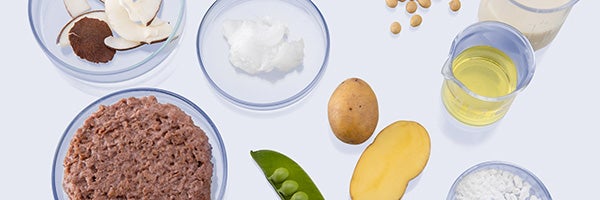
In the ever-evolving field of food science, the safety and quality of food products are of the utmost importance. From the initial concept to the final product, food scientists conduct rigorous testing and analysis to meet regulatory standards and consumer expectations. Anton Paar’s latest e-book serves as an essential resource for professionals engaged in research and development (R&D) and quality control (QC) within the food industry.
Comprehensive food testing for safety and quality
Food testing is a fundamental aspect of the food industry, ensuring that products are safe for consumption and meet quality standards. This process involves a wide range of analyses to detect and quantify various attributes and contaminants, identifying potential hazards and verifying that products are free from harmful elements while maintaining desired quality levels.
Laboratory and in-process testing
Food testing occurs in both laboratory settings and during the production process. Laboratory testing offers controlled conditions for detailed analyses, while in-process testing ensures ongoing compliance and quality during production.
In-line monitoring of parameters such as density, concentration, and viscosity is integral to modern food and feed production. It ensures quality, consistency, and safety while enhancing efficiency and reducing waste.
Laboratory extruders provide insights into the food material behaviour during production, enabling smooth scale-up to full production capacity.
Importance of physical and chemical analyses
Physical and chemical analyses are vital throughout the food production lifecycle:
- R&D: Ensures that new product formulations meet safety, stability, and quality standards.
- Production: Guides testing of raw materials, processing, quality assurance, packaging, and storage.
Examples of chemical analyses include polarimetry, raman spectroscopy, refractometry and more. Physical analyses involve texture measurement, colorimetry, rheology, and density determination.
Role in HACCP programs
Hazard Analysis and Critical Control Points (HACCP) programs rely on physical and chemical testing to monitor and verify safety and quality at critical control points, from raw material inspection to final product assessment.

